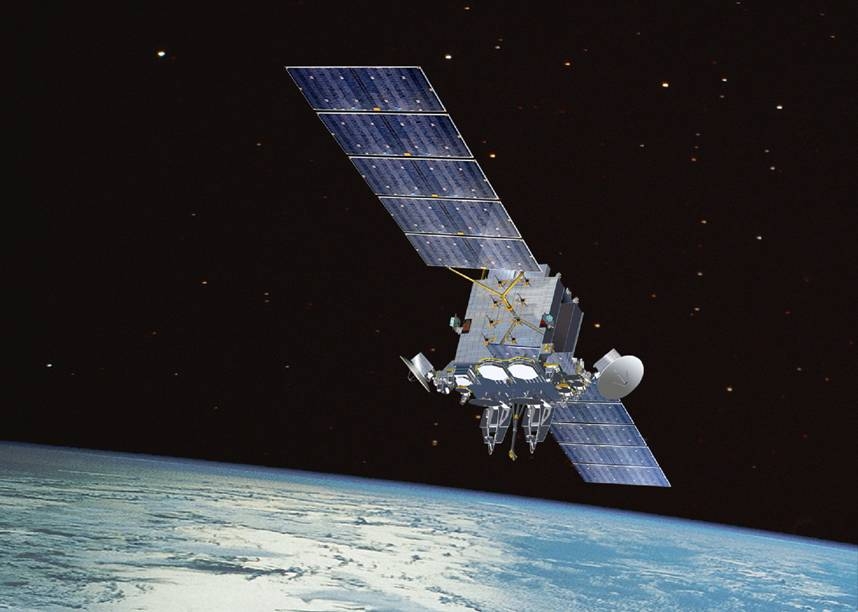This post is also available in:
 עברית (Hebrew)
עברית (Hebrew)
An independent Israeli researcher has discovered that certain types of military radars can be detected from space, realizing that radar waves generated by the U.S.-made Patriot missile system become visible when viewed from a satellite radar system, exposing their location.
Researcher Harel Dan revealed working with data from the European Space Agency’s Sentinel-1 satellite constellation.
Sentinel-1 uses synthetic aperture radar (SAR) to image the entire Earth every six days, transmitting the data to ground stations in Italy, Spain, and Norway. The data is freely available on the internet.
SAR is a unique type of radar used to create 2D and even limited 3D images of objects and is used primarily to track natural resources, pollution, vegetation growth, and other surface features.
SAR, with its ability to image through clouds, can produce imagery when optical sensors cannot, making it a good fit for satellite-based sensor platforms. Although SAR has military applications, Sentinel-1 is a dedicated civilian satellite platform and operates in the IEEE C frequency band.
Dan describes using Sentinel-1 data, and making a surprising discovery: the AN/MPQ-53/65 radar at the heart of the Patriot missile system creates visible interference waves in the SAR data, making blurry Xs that mark the precise location of the radars.
Additionally, Patriot isn’t the only system detectable by SAR data. The 96L6E early warning and acquisition radar used by Russia’s S-300 and newer S-400 long-range surface to air missile systems also operates in the C band and should show up using Dan’s method.
The 96L6E is only part of the S-300/S-400 system, with the 96N2E steering the actual missiles.
Not much is known about Chinese radar systems, but if they were “inspired” by U.S. or Russian radar systems they too could operate in the C band, particularly the HQ-9 surface-to-air missile system, as reported in popularmechanics.com.


























